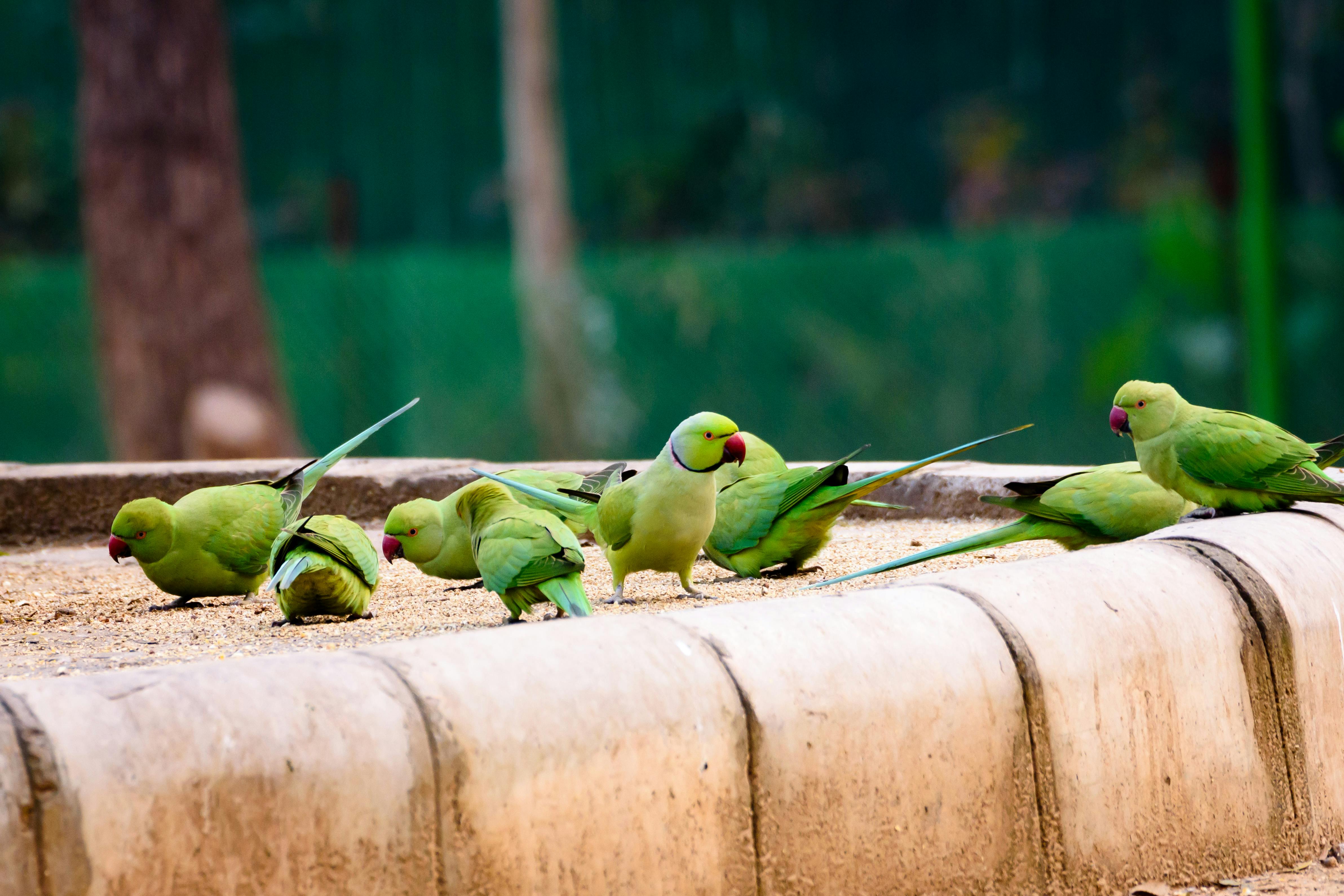
Best 5 Options for Angelfish Tank Size in 2025
When it comes to creating the ideal environment for your angelfish, selecting the appropriate tank size is paramount. Angelfish are known for their elegant beauty and dynamic behavior, making them a favorite among aquarium enthusiasts. However, ensuring they thrive requires understanding their specific aquarium requirements and how these align with various tank sizes. In this article, we will explore the five best options for angelfish tank sizes in 2025, including considerations for angelfish care, their habitat needs, and suitable tank mates. By the end, you will have an optimized angelfish tank setup that not only fosters healthy growth and behavior but also enhances your enjoyment of these stunning aquatic creatures.
Angelfish are generally a medium-sized freshwater fish, and their size can range significantly based on their breeding and the space they have available. Thus, understanding their space requirements is crucial. Whether you're a beginner or an experienced aquarist, setting up an appropriate tank can dictate the health and happiness of your fish. Let’s dive into the specific tank size recommendations and suitable configurations for keeping angelfish successfully.
Understanding Angelfish Size and Space Requirements
To determine the best angelfish tank size, one must take into account their growth expectations and natural habitat. Normally, angelfish can grow up to 6 inches in height and reach a length of 8 inches. Given these dimensions, the minimum tank size for angelfish should ideally start at 20 gallons; this provides enough room for swimming and minimizes territorial disputes among multiple fish. Larger tanks (30 gallons and above) not only offer more swimming space but also enhance water quality management.
The size of the tank directly reflects space for angelfish to swim freely, which promotes their natural behavior and decreases stress levels. A cramped environment can lead to aggression and health issues like stunted growth or signs of stress in angelfish. When setting up your aquarium, the goal is to create a living space that mirrors their natural conditions while respecting their size as they grow.
Best Tank Sizes for Angelfish
Choosing the right tank size can optimize the health of your angelfish. Here are five popular options for 2025:
- 20 Gallons: Suitable for a small group of juvenile angelfish. This size provides enough room for swimming but is not optimal for breeding or larger adults.
- 30 Gallons: A great balance for a few angelfish. This size allows for better social interaction and supports a wider variety of tank mates.
- 40 Gallons: Perfect for a breeding pair or a small community of fish. It allows ample swimming space and is easier to manage water quality.
- 55 Gallons: Excellent for a larger setup, providing both health benefits and room for various plant species and decorations.
- 75 Gallons or More: The ideal choice for serious hobbyists. This spacious environment accommodates larger shoals of angelfish and enhances their health and behavior.
Optimal Angelfish Tank Setup and Care
Besides selecting the correct tank size, having an optimized angelfish tank setup is vital for their long-term health. This involves understanding factors like angelfish aquarium requirements, temperature, water conditions, tank filtration, and even the right plants for angelfish tanks. Incorporating a well-planned layout not only beautifies your tank but also provides essential hiding spots, allowing angelfish to feel safe.
The best practices for angelfish tank layout include using tall plants and decorations that mimic their natural habitat. Aquatic plants such as Anubias or Java Fern are great choices to create a lush environment. Additionally, ensure to implement effective tank filtration to maintain optimal water conditions—keeping ammonia, nitrate, and pH levels balanced is crucial for angelfish health.
Active Water Condition Monitoring
Monitoring water parameters regularly is essential for maintaining healthy angelfish. Water temperature should hover around 78-82°F, with a pH level between 6.8 and 7.8. Regular water changes should also be incorporated into the tank maintenance schedule for angelfish to support a healthy environment and prevent disease outbreaks.
Providing stable water conditions creates a stress-free angelfish environment and leads to overall better angelfish behavior in aquariums. Frequent water testing and changes allow for an easier regime to follow and keeps your fish happy.
Breeding Angelfish: Tank Size Considerations
For enthusiasts interested in breeding, understanding the best breeding angelfish tank size is unstoppable. Breeding angelfish can be rewarding but requires special considerations regarding space and environment. A separate breeding setup preferably ranging from 30 to 50 gallons is recommended to foster a conducive environment, ensuring that potential breeding pairs can claim territory but also move freely.
This dedicated space allows for the establishment of territories and supports the healthiest conditions for eggs to be laid and nurtured. Consider implementing gentle filtration and soft substrate as well as creating areas for spawning like flat rocks or wide leaves where fish can lay eggs safely.
Best Practices for Angelfish Breeding Tanks
In breeding situations, provide a tank layout that includes hiding spots and unobstructed areas for the pair to establish dominance and comfort. Maintain water quality and monitor parameters closely as breeding conditions can affect egg development and survival rates. Setting up a breeding tank dedicated to angelfish has unique requirements that, when done right, can lead to successful breeding outcomes.
Conclusion: Choosing the Right Tank Size for Angelfish
In summary, selecting the correct tank size for your angelfish is vital for their health, happiness, and overall aquarium experience. From 20 gallons for smaller setups to 75 gallons or more for extensive aquariums, each size serves different needs based on angelfish size, behavior, and potential breeding interests. By providing an optimized and spacious environment that meets their aquarium requirements, you significantly enhance the long-term wellbeing of your angelfish.
```